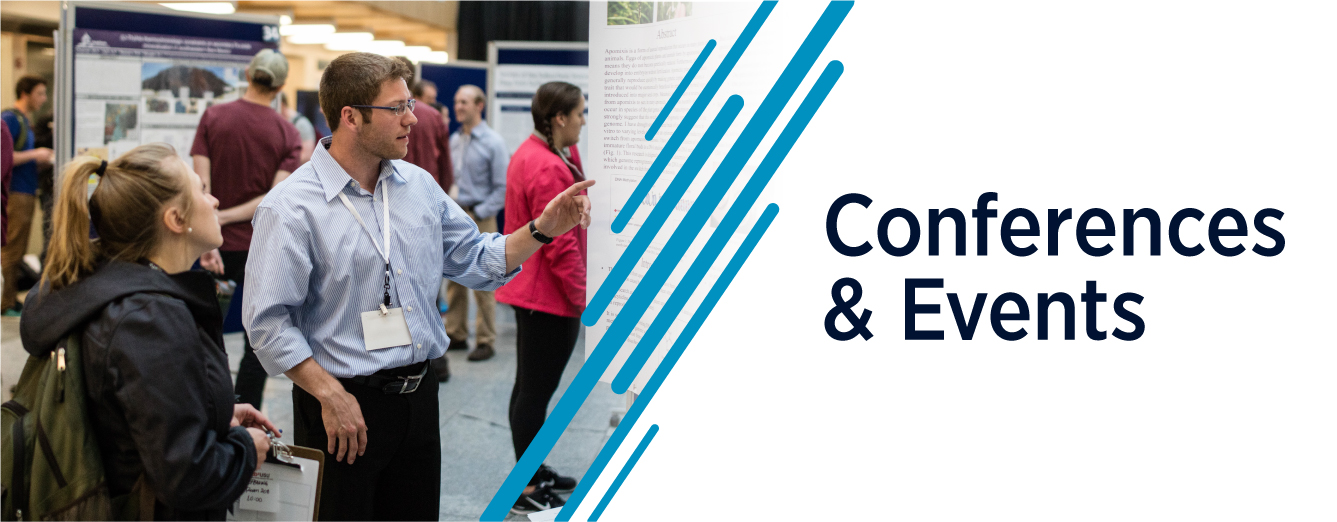Abstract
Apertures with precisely known area are used in radiometry and photometry to define the optical phase space into which radiant flux is emitted or received. For example, solid angle, needed for the realization of the Candela, is realized with apertures of known area. Another common application is the measurement of irradiance, the radiant flux received at a surface per unit area (or its photometric analog illuminance), which requires an aperture with known area to be placed in front of an optical radiation sensor.
Beginning in the 1990s the National Institute of Standards and Technology (NIST) has developed improved methods for the measurement of radiometric aperture areas to meet the need for aperture area measurements with combined relative standard uncertainties of about 10^4 or lower. At that time a custom optical coordinate measuring machine was constructed at NIST for absolute aperture area measurements that are directly traceable to the length unit meter of the International System of Units (SI). This aperture area measurement (AAM) system consists of a planar air bearing stage with laser interferometer position feedback on both motion axes that is used to precisely locate the edge of an aperture in the focal plane of a high-magnification optical microscope. Aperture areas are calculated from aperture edge points measured along the full lengths of the aperture edges. NIST has provided aperture area calibrations since the early 2000s using the AAM system.
During a recent renovation of the AAM instrument, several components that had become obsolete were updated, including the optical microscope, the camera, and parts of the illumination system. The operating software for the AAM instrument and the software for data analysis was also replaced to take advantage of improved and more widely available algorithms for image processing. My presentation will describe the renovated AAM instrument, the revised traceability of aperture area measurements to the SI, and I will outline the potential for further improvements of the AAM instrument at NIST in the future.
The Renovated Aperture Area Measurement Facility at the National Institute of Standards and Technology (NIST)
Apertures with precisely known area are used in radiometry and photometry to define the optical phase space into which radiant flux is emitted or received. For example, solid angle, needed for the realization of the Candela, is realized with apertures of known area. Another common application is the measurement of irradiance, the radiant flux received at a surface per unit area (or its photometric analog illuminance), which requires an aperture with known area to be placed in front of an optical radiation sensor.
Beginning in the 1990s the National Institute of Standards and Technology (NIST) has developed improved methods for the measurement of radiometric aperture areas to meet the need for aperture area measurements with combined relative standard uncertainties of about 10^4 or lower. At that time a custom optical coordinate measuring machine was constructed at NIST for absolute aperture area measurements that are directly traceable to the length unit meter of the International System of Units (SI). This aperture area measurement (AAM) system consists of a planar air bearing stage with laser interferometer position feedback on both motion axes that is used to precisely locate the edge of an aperture in the focal plane of a high-magnification optical microscope. Aperture areas are calculated from aperture edge points measured along the full lengths of the aperture edges. NIST has provided aperture area calibrations since the early 2000s using the AAM system.
During a recent renovation of the AAM instrument, several components that had become obsolete were updated, including the optical microscope, the camera, and parts of the illumination system. The operating software for the AAM instrument and the software for data analysis was also replaced to take advantage of improved and more widely available algorithms for image processing. My presentation will describe the renovated AAM instrument, the revised traceability of aperture area measurements to the SI, and I will outline the potential for further improvements of the AAM instrument at NIST in the future.
